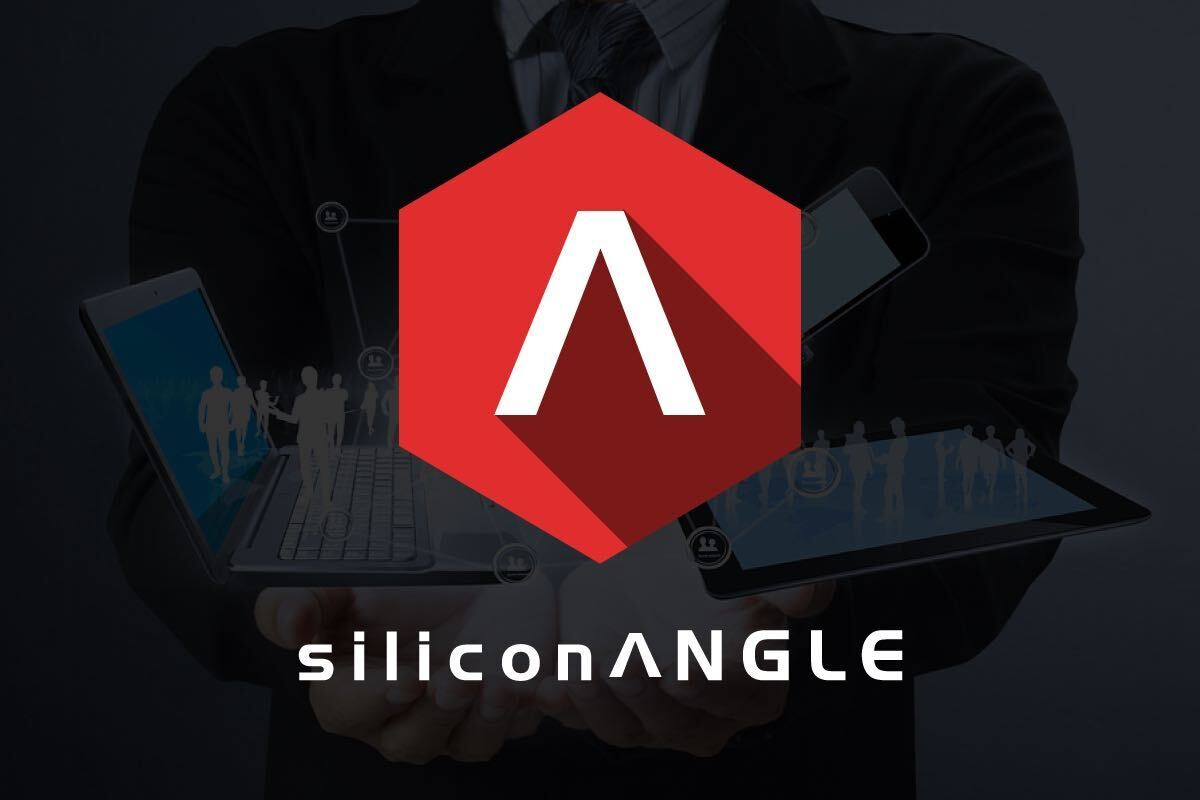


![]() Oracle is many things, and one of them, as Wikibon Chief Analyst and Co-Founder David Vellante is fond of saying on TheCUBE this week from Oracle OpenWorld 2013, is a huge cash generator. As Vellante says, it generates almost as much free cash annually as IBM, a much larger company.
Oracle is many things, and one of them, as Wikibon Chief Analyst and Co-Founder David Vellante is fond of saying on TheCUBE this week from Oracle OpenWorld 2013, is a huge cash generator. As Vellante says, it generates almost as much free cash annually as IBM, a much larger company.
So where does that cash go? Obviously a lot of it pays for R&D. Oracle has always been an advanced technology generator, and it continues to push its technologies forward at an amazing pace. That is what has allowed it to maintain its leading position in the market with its complex vertical, scale-up Red Stack while even IBM has admitted that it needs to become more open and scale out to encompase partnerships.
But Oracle is also not above buying up technologies and in some cases markets, as its unfriendly takeover of PeopleSoft last decade demonstrated. Since then it has bought Sun Microsystems and, lately, a list of online service providers, getting it into the as-a-service marketplace.
So what might be next for Oracle? In his latest Professional Alert, Wikibon Analyst Scott Lowe suggests that it might be interested in Citrix. But while Oracle certainly could afford to make a strong offer, and while Citrix has very little overlap with Oracle and several interesting products, Lowe could not find any compelling reason that Oracle would be interested. Oracle really does not need to be in the hypervisor market, and it has already really surrendered that market with its about face on supporting virtualization of its software under VMware and Hyper-V. If it were going to buy Citrix, it probably would have done so a year ago.
The Hole in Oracle’s Armor
The one thing Oracle does need to stay relevant in its core market, is a way to deliver analysis and visualization functionality from its huge databases directly to end-users. Tableau is in the process of revolutionizing the BI marketplace with its end-user-driven analysis and visualization service. The traditional BI companies are already beginning to partner with Tableau, and in the last year other startups have entered this market.
So far Oracle has not paid any attention to end-users or to the mobile computing explosion. This is a mistake. Sybase and No-SQL database vendor MarkLogic, both direct competitors to Oracle in the enterprise marketplace, have already partnered with Tableau, and other competitors, including No-SQL and New-SQL vendors and IBM, which is making a strong push into the enterprise database market, are likely to make moves in this area soon. If Oracle does not provide similar technology, it will become increasingly a legacy vendor in the eyes of senior business management, including CFOs who sign off on major technology purchases, in its core market area. To them the functionality on their laptops and increasingly on their tablets, is IT, and Oracle needs more mindshare with them if it is to revive its market growth and not to become in fact a legacy vendor.
So given that Oracle has three choices too add this technology quickly:
It is always difficult to predict what move Larry Ellison might make. But it is not hard to imagine that it might purchase an end-user data visualization vendor in the next year. If so it would certainly validate this new market while gaining presence in the new world of mobile end-user computing, which is a driving force in the new IT, for relatively little cost.
Support our mission to keep content open and free by engaging with theCUBE community. Join theCUBE’s Alumni Trust Network, where technology leaders connect, share intelligence and create opportunities.
Founded by tech visionaries John Furrier and Dave Vellante, SiliconANGLE Media has built a dynamic ecosystem of industry-leading digital media brands that reach 15+ million elite tech professionals. Our new proprietary theCUBE AI Video Cloud is breaking ground in audience interaction, leveraging theCUBEai.com neural network to help technology companies make data-driven decisions and stay at the forefront of industry conversations.